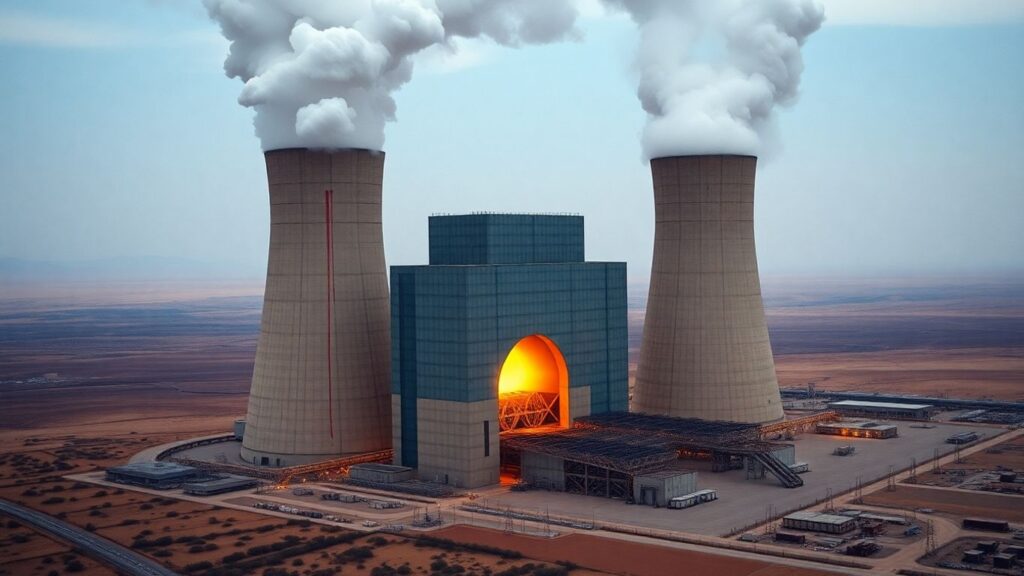Constellation Energy, the nation’s largest nuclear power operator, is currently under scrutiny as its stock performance and strategic direction are being evaluated against a backdrop of significant industry growth. The company’s unique position as a major provider of carbon-free nuclear energy, coupled with increasing demand from sectors like data centers and AI, presents both opportunities and challenges.
Key Takeaways
- Constellation Energy is the largest owner and operator of nuclear power plants in the U.S.
- Nuclear power is experiencing a resurgence due to strong demand for carbon-free energy.
- The company’s stock performance has been strong, potentially reflecting much of the positive outlook.
- Constellation Energy operates outside the traditional regulated utility framework, selling power under long-term contracts.
- The company has secured agreements to supply major clients like the U.S. government, Meta Platforms, and Microsoft.
Strategic Priorities and Market Position
Constellation Energy’s business model differentiates it from typical utilities. Instead of operating within a regulated framework with guaranteed rates, it competes in the open market, selling power through long-term contracts. This strategy can be highly beneficial during periods of high electricity demand and prices, but it also exposes the company to the volatility of market fluctuations.
The company’s substantial portfolio of nuclear power plants is a key asset. Nuclear energy provides a consistent, always-on, and carbon-free power source, making it an ideal complement to intermittent renewable sources like solar and wind. The escalating demand for electricity, driven by power-hungry data centers and artificial intelligence computing, has significantly boosted the demand for nuclear power.
Stock Performance and Valuation Concerns
Despite the promising industry trends, Constellation Energy’s stock has experienced a significant price advance, with its value nearly doubling in the past year. This strong performance has led to a high valuation, with its price-to-earnings (P/E) ratio standing at 40.5 and its price-to-book (P/B) value ratio at 7.7. These metrics are more characteristic of growth stocks than traditional utilities, which typically have much lower P/E and P/B ratios.
Analysts suggest that the market may have already priced in much of the positive news surrounding Constellation Energy, particularly its role in the burgeoning AI infrastructure. The company’s recent third-quarter 2025 results showed revenues of $6.57 billion and net income of $930 million, with updated guidance reflecting ongoing market challenges. While the company reported high nuclear plant reliability at 98.8% capacity, potential investors are cautioned to consider the rising costs and regulatory hurdles associated with its aging nuclear assets.
Future Outlook and Board Changes
Looking ahead, Constellation Energy has outlined significant investment plans in battery storage and nuclear power to capitalize on long-term energy sector trends. The company’s narrative projects substantial revenue and earnings growth by 2028, requiring a consistent annual revenue growth rate. However, the company’s strategic priorities and long-term growth narrative will also be influenced by recent board changes, including the upcoming retirement of Peter Oppenheimer as a board member.
While some analysts see potential upside in Constellation Energy’s stock, others advise caution, suggesting that the current valuation may already reflect optimistic future performance. Investors are encouraged to weigh the company’s strong operational capabilities and its crucial role in the clean energy transition against the potential risks of high valuation and evolving regulatory landscapes.












